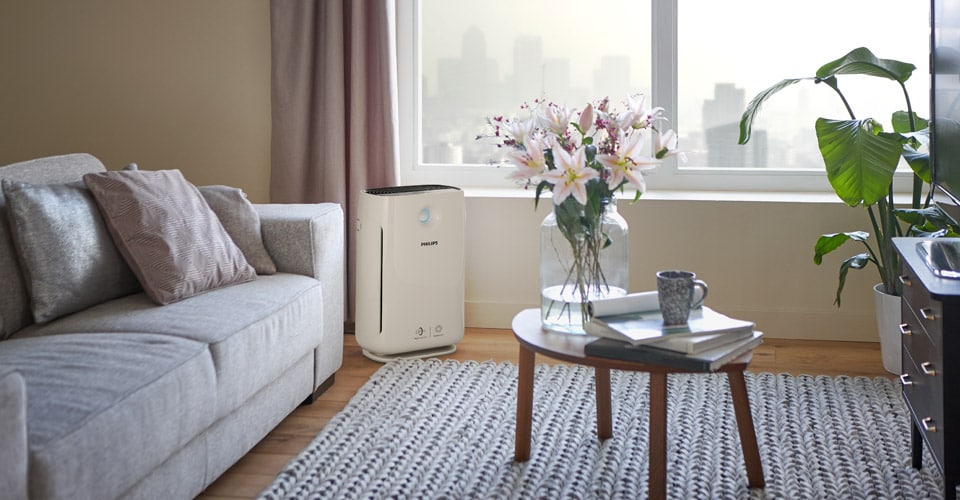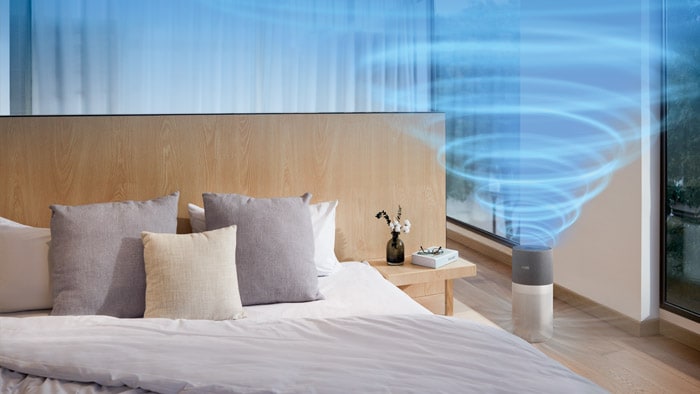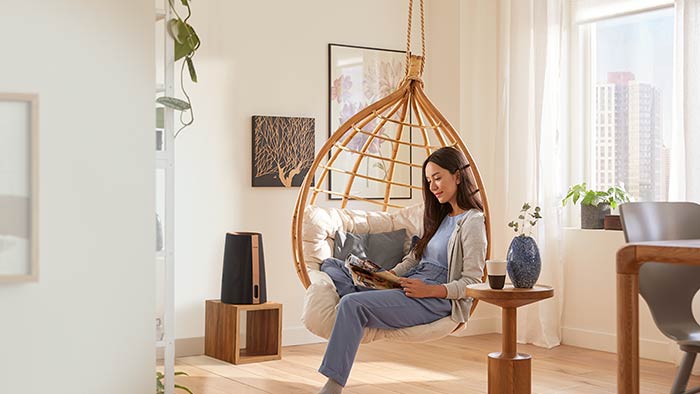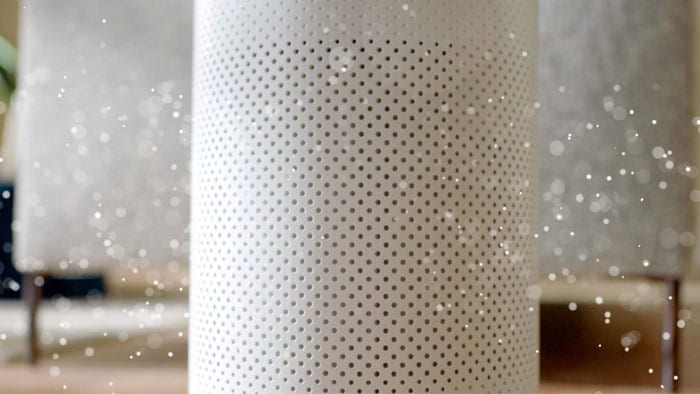Reading time: 5 Min
Conquer Dust Allergies: Tips for Relief and Prevention
It’s hard to relax when you feel like you’re allergic to your own home, but the good news is that once you’ve dealt the source of your reaction, you can ease your sneezing and sniffling. Let us show you how to help dust allergy symptoms in various ways, from improving the air quality in your home to home remedies for dust allergy relief.
Dust allergy symptoms
The tell-tale signs of a dust allergy come in the form of uncomfortable symptoms. Symptoms of a dust mite allergy are the same as those experienced by hay fever sufferers and those with pet allergies. The persistent symptoms may leave you feeling like you have asthma or an ongoing cold. Signs of dust allergy sensitivity include:
A dust allergy or dust mite allergy is an allergic reaction to dust mite bugs that live in dust and the droppings they leave behind. Dust mites are so tiny that you can't see them with the naked eye. They thrive off eating the dead skin cells found in dust on your furniture, flooring, bedding and elsewhere.

What Causes Dust Allergies?
The underlying cause of a dust allergy is the same as other allergies. It’s because an allergen has got inside your nose and caused inflammation – officially known as ‘allergic rhinitis’.1 Common allergies include: Source(s):
If you suffer from an allergy, your immune system is reacting to the harmless allergen as if it was harmful. The immune response involves producing antibodies, which in turn cause cells to release histamine, which leads to too much mucus and inflammation on the inside layer of your nose.2
1NHS: Allergic Rhinitis
2NHS Inform: About Allergic Rhinitis
What you need
-
3000i Series
Air Purifier for XL Rooms
AC3033/30
- Purifies rooms up to 135 m²
- 520 m³/h clean air rate (CADR)
- HEPA & Active Carbon filter
- Connected with Air+ app
- Strictly tested for quality
-
- Purifies rooms up to 98 m²
- HEPA & Active Carbon filter
- 380 m³/h clean air rate (CADR)
- Connected with Air+ app
- Removes up to 99.9% of viruses and aerosols
-
- Works in rooms up to 78 ㎡
- 300 ㎥/h clean air rate (CADR)
- HEPA & Active carbon filter
- Connected with Air+ app
- Rigorously tested for quality
Tips to Help Manage Dust Allergies
Manage allergy symptoms Try cleaning your nasal passages with a saline solution to get your allergy symptoms under control. You can find kits for doing this at your local pharmacist – always use them according to the instructions on the packaging. Always remember, If your symptoms are severe, it’s important that you seek medical help. Preventative measures Wear a filter mask over your nose and mouth when you clean. In addition, once you’ve vacuumed or dusted, it’s a good idea to wait for at least a couple of hours before going back in the room. Using an air purifier for dust allergies Of course, you don’t want dust in the air either, so an air purifier can be useful to have in the home. Check out our guide for more information on how to improve air quality in your home. Tip: The Air Purifier Series 3000i removes up to 99.97% of allergens (and pollutants and viruses) in less than eight minutes, making the air in your home cleaner. Now that you know all the tips and tricks for dust allergy treatment at home, you can look forward to breathing easier in the comfort of your own home!
To achieve dust allergy relief, you need to try to reduce the amount of dust mites in your home. As they thrive in humid, warm environments, like soft furniture, carpets, pillows, bedding and mattresses, these are the places you’ll want to focus your attention on – even more so in winter, when their numbers increase. Here’s how to help dust allergy by getting rid of dust mites.










